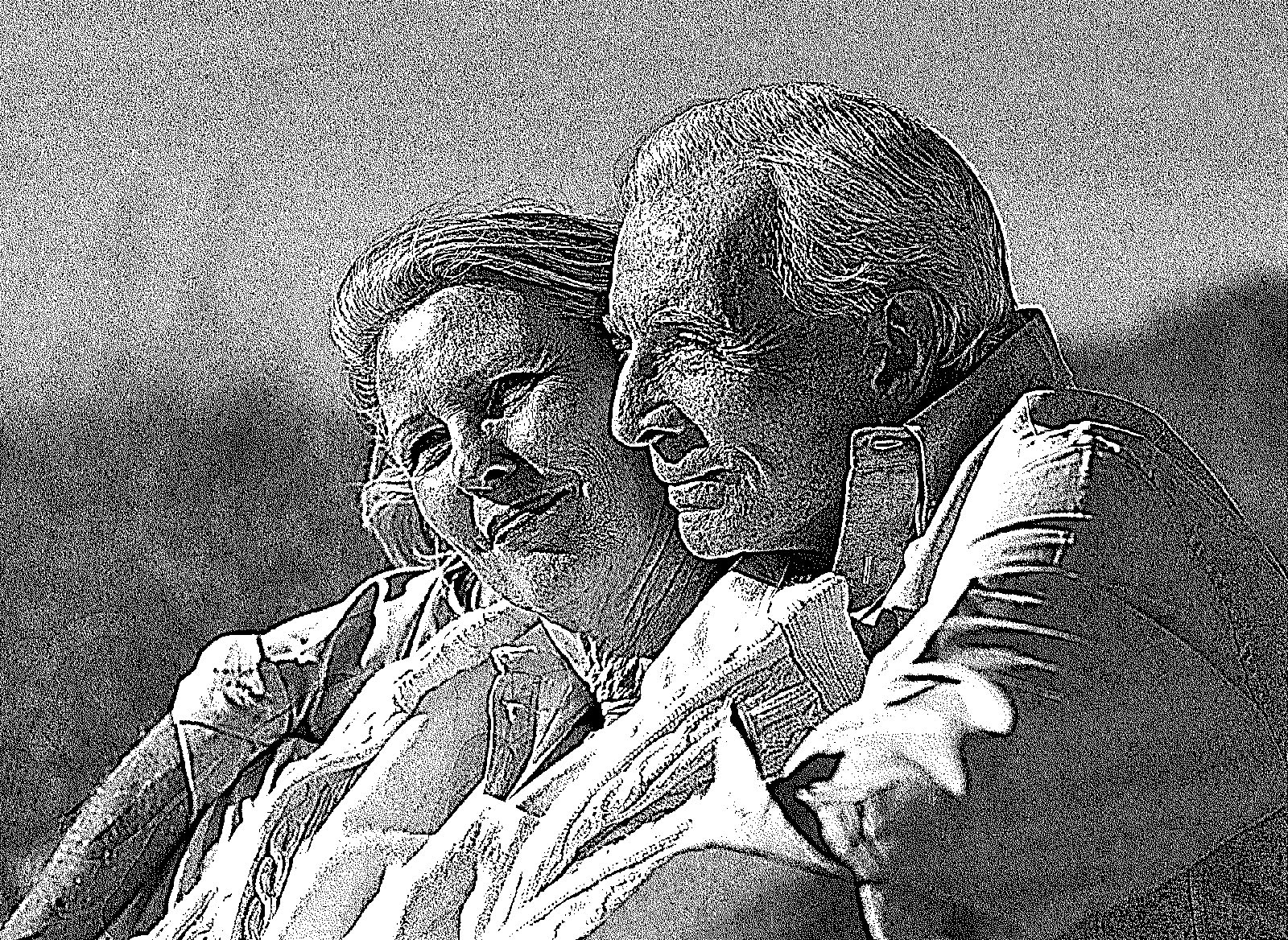
Learn more: The A to Z of Photography: Raw.It's more time consuming, and you'll need to use a raw converter like Photoshop Lightroom, but the results are worth it. You camera's already applied an number of adjustments to a JPEG file, as well as compressing it at the same time.Ī raw file lets you make all those creative choices, allowing you to control exposure, white balance, color mode, saturation, contrast, sharpening, as well as a host of other settings. Put simply, it's best to think of JPEGs as high-street prints and raw files as negatives. 3: Should I Delete All or Format to remove pictures from a memory card? Learn more: 5 essential photography filters.Replacing a filter is a lot cheaper than writing off a lens!

If your camera resides permanently in an orderly studio, this might not be an issue, but if you do most of your photography in the great outdoors, it certainly will be. However, skylight filters play a second role, protecting the front element of the lens from accidental scratches and splashes. With the sophisticated white balance abilities of today's cameras, this is less critical than it was when photographers were using film (especially slide film). One is to reduce the cool, slightly blue color cast that you might see in some of your shots, especially those taken in shade under a blue sky. 2: Should I use a skylight filter on my lens? Finally, keep the camera's lens opening pointing downwards when changing lenses, to minimise the risk of anything falling into it. Next, get the replacement lens ready to fit so that you don't have to waste time with the camera internals exposed.

If that's not possible, at least shield yourself from the wind. Where possible, choose a dust-free, non-windy location when changing lenses too. Always switch the camera off, as this removes any static charge from the sensor that can attract dust particles. Don't be afraid to change lenses when you need to, but take a few precautions.


 0 kommentar(er)
0 kommentar(er)
